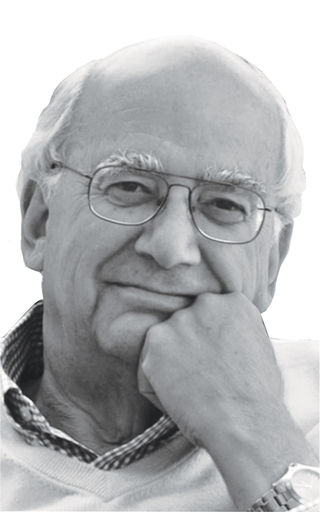The Puzzle of You
Conscious experience seems to arise from various parts of the brain, a neuroscientist explains.
By Matt Huston published March 1, 2018 - last reviewed on April 30, 2018
How does a self-aware mind emerge from the stuff that fills our heads? The question has bedeviled philosophers and scientists for ages. In The Consciousness Instinct, pioneering brain researcher Michael Gazzaniga of the University of California, Santa Barbara tackles it himself. We may still not know precisely what consciousness looks like, but summoning ideas from neuroscience, physics, and even engineering, Gazzaniga sharpens our lens.

What do you mean when you say that consciousness is not “a thing?”
We use certain nouns to describe complex things. Like instinct—we kind of know what we mean by that word, but you’d be hard-pressed to find an instinct in the brain. Consciousness is just a placeholder word for all kinds of things that are going on. There’s a cognitive act and then there’s a feeling about that act, and somehow those are tied together to provide a moment of what we call conscious experience.
You describe it as a state that arises from various modules in the brain. How is a module defined?
Generally it means a local thing in the brain that’s doing its job more or less independent of the others but interacting with them as well, like parts of a clock. In neuroscience, the term is used by many to refer to specific neuronal sites with specific processing features.
To explain how modules might create a sense of consciousness, you evoke a series of bubbles floating to the surface of water.
Whatever consciousness is, it seems that all the specific local processes of the brain have the capacity to enable it—it isn’t produced by a centralized neural network. Once you’re on to that, you realize that the stream of consciousness that we all experience can be viewed as just a series of mental events that are strung together in time, competing to come to the fore.
How do major changes in the brain—such as when the two hemispheres are separated—help us better understand consciousness?
A British neuroscientist told me many years ago, “If you want to understand how TV works, it’s very hard to do if it’s working. You’ve got to see it flutter.” You can split the brain surgically, and all of the sudden, one hemisphere has one set of skills, one has another, and they don’t know anything about each other. So that seemed to me to require a more localized framing of what the underpinnings of a conscious moment were.
In Alzheimer’s disease, the neural damage might be extensive, yet consciousness keeps rolling along.
It’s hard to stamp it out. Someone can go into a coma: That affects the brain stem; it’s like there’s no gas in the engine. But unless a person is suffering that kind of deep-down lesion, then in the case of every class of patient you can think of, you would say that they remain conscious.
Raising Consciousness
Ideas about the nature of self-awareness have evolved in tandem with new analytic methods and technology. Here are some highlights.
Ancient Greece
Aristotle places the “rational soul”—which sets us apart from other animals—in the heart. Physicians Herophilus and Erasistratus relocate our mental powers to chambers (or ventricles) in the brain.
17th Century
René Descartes concludes that human thinking and consciousness are produced by an immaterial soul that is separate from the physical body. But Thomas Hobbes posits that thought is simply a product of the brain.
Enlightenment
John Locke distinguishes the soul from consciousness, which he sees as the foundation of identity. David Hume argues that the mind is a mash-up of thoughts, emotions, and perceptions—“the self” is illusory.
20th Century
Consciousness is widely thought to arise from the brain, but science undercuts the idea that a single network is responsible. Neurosurgeon Wilder Penfield notes that it persists even after parts of the cortex are removed. Work by Roger Sperry and Gazzaniga suggests that split-brain patients have what Sperry calls “two separate spheres of consciousness.”
